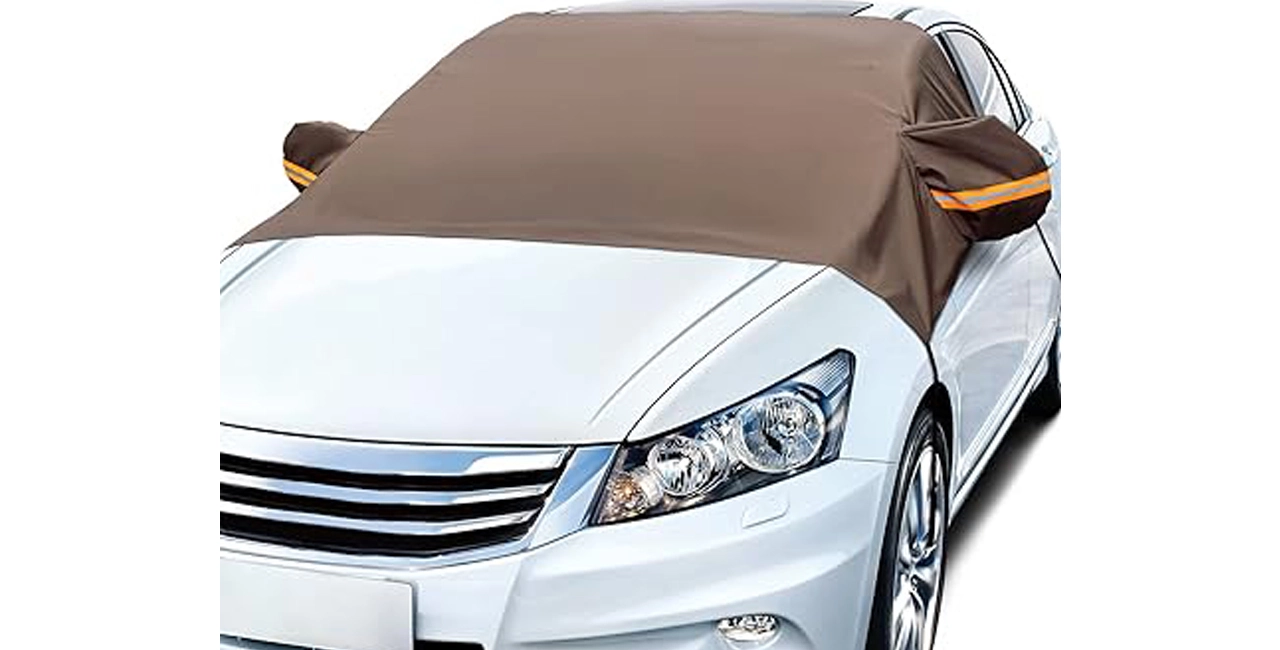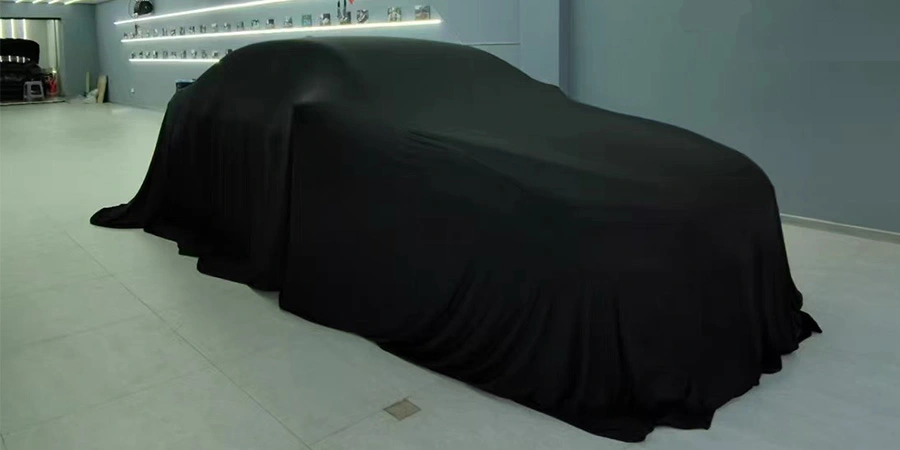Filament and staple fibers are fundamental components in textile manufacturing, each imparting distinct characteristics to fabrics. Beyond Oxford cloth, these fibers are integral to materials like taffeta, pongee, imitation cotton fabrics, canvas, and suede. Their inherent structural differences significantly influence aspects such as texture, strength, durability, and breathability.
1. Key Differences Between Filament and Staple Fibers
Aspect | Filament Fibers | Staple Fibers |
Fiber Structure | Continuous, long fibers | Short fibers (typically 25-50mm), spun into yarn |
Texture | Smooth and sleek | Soft, fluffy, resembling cotton |
Strength | High tensile strength, tear-resistant | Lower strength, prone to pilling |
Elasticity | Moderate elasticity, more rigid | Good elasticity, soft and resilient |
Durability | Highly durable, less prone to pilling | Less durable, more susceptible to wear |
Moisture Absorption | Low absorbency, quick-drying | Higher absorbency, excellent breathability |
Breathability | Moderate | High, ideal for skin-contact fabrics |
UV Resistance | Strong UV resistance, less prone to aging | More susceptible to aging and fading |
Cost | Higher production efficiency, generally lower cost | More complex production, potentially higher cost |
2. Applications of Filament and Staple Fibers in Various Fabrics
Fabric Type | Filament Fiber Application | Staple Fiber Application |
Taffeta | Made from polyester or nylon filaments; smooth and wind-resistant; used in linings for down jackets, umbrellas | Rarely used |
Pongee | Utilizes filaments; lightweight and durable; common in apparel and bags | Rarely used |
Canvas | Employs polyester or nylon filaments to enhance strength and durability | Cotton canvas uses cotton staple fibers for a softer feel |
Suede | Crafted from ultra-fine filaments; delicate texture; suitable for furniture and clothing | Uses polyester staple fibers for a more authentic suede effect |
Imitation Cotton Fabric | Filament-based imitation cotton offers smoothness but less cotton-like feel | Staple fiber-based imitation cotton closely mimics natural cotton texture |
Knitted Fabrics | Sportswear and yoga attire often use filaments for a smooth, elastic feel | Staple fiber knits are soft, ideal for T-shirts and loungewear |
Suiting Fabrics | Filament blends add structure | Pure wool staple fibers provide superior texture |
Automotive Interiors | Filaments offer durability and stain resistance, suitable for seats and door panels | Staple fibers provide breathability, ideal for seat covers |
3. Specific Impacts on Finished Fabrics
Advantages of Filament-Based Fabrics:
Durability: More resistant to wear, less prone to pilling; ideal for outdoor, industrial, and high-durability products.
Weather Resistance: Excellent wind and water resistance; suitable for items like jackets, raincoats, and vehicle covers.
UV Resistance: Better resistance to ultraviolet rays and aging; appropriate for outdoor tents, sunshades, and luggage.
Advantages of Staple Fiber-Based Fabrics:
Softness: Softer and more comfortable; perfect for intimate apparel, home textiles, and T-shirts.
Breathability: Enhanced breathability and moisture absorption; suitable for summer clothing and cotton-linen style fabrics.
Warmth: Better insulation; ideal for autumn and winter garments like woolen coats.
4. Summary: How to Choose?
For durability, water resistance, and wind protection (e.g., outdoor gear, luggage, rainwear): Choose filament-based fabrics.
For softness, breathability, and comfort (e.g., T-shirts, bedding, knitwear): Choose staple fiber-based fabrics.
To balance durability and comfort, consider blended fabrics combining filaments and staple fibers (e.g., imitation cotton fabrics, suiting materials, knitted fabrics).
Applications of Filament and Staple Fibers in Oxford Cloth
1. Filament Oxford Cloth
Due to its durability, water resistance, and tear strength, filament-based Oxford cloth is widely used in outdoor and industrial protective products, including:
Vehicle Covers: Utilizing 300D-600D polyester filaments with PU, PVC, or silver coatings to enhance water resistance, UV protection, and durability.
Outdoor Furniture Covers: Employing 420D-600D Oxford cloth with coatings to prevent water penetration, suitable for patio and terrace furniture protection.
Luggage and Backpacks: Using 1680D double-strand filament Oxford cloth for high tear resistance and durability.
Industrial Equipment Covers: Crafted from 900D-1680D high-density Oxford cloth, offering tear resistance and weather durability for heavy machinery protection.
2. Staple Fiber Oxford Cloth
Staple fiber Oxford cloth, known for its softness and breathability, is commonly used in home textiles and apparel, such as:
Bedding: Made from pure cotton staple fiber Oxford cloth, offering breathability and softness.
Shirts and Casual Wear: Crafted from cotton or blended staple fiber Oxford cloth, providing natural texture and comfort.
Curtains and Sofa Covers: Using polyester-cotton blended staple fiber Oxford cloth to enhance durability while maintaining a soft touch.
3. How to Choose Between Filament and Staple Fiber Oxford Cloth
Application Requirements | Recommended Type |
Water resistance, UV protection, tear resistance | Filament Oxford Cloth |
Softness, breathability, skin-friendliness | Staple Fiber Oxford Cloth |
Outdoor equipment covers | 420D-900D Filament Oxford Cloth |
Vehicle covers | 600D Filament Oxford Cloth with PU coating |
Luggage and backpacks | 1680D Filament Oxford Cloth |
Apparel and shirts | Pure cotton or blended Staple Fiber Oxford Cloth |
Bedding | Cotton Staple Fiber Oxford Cloth |

 English
English 

